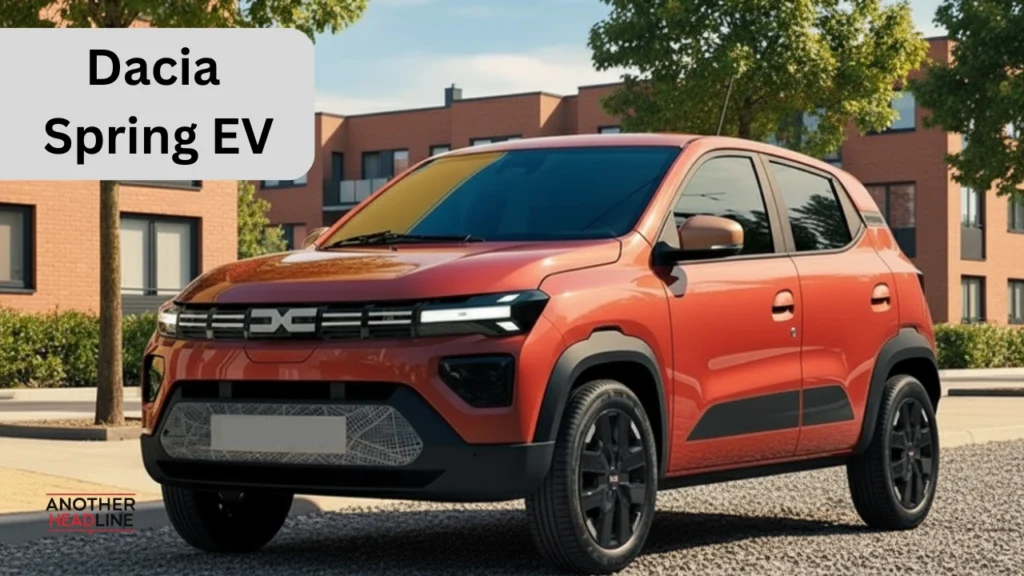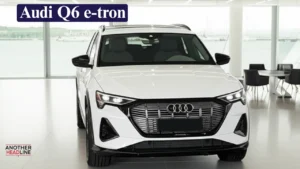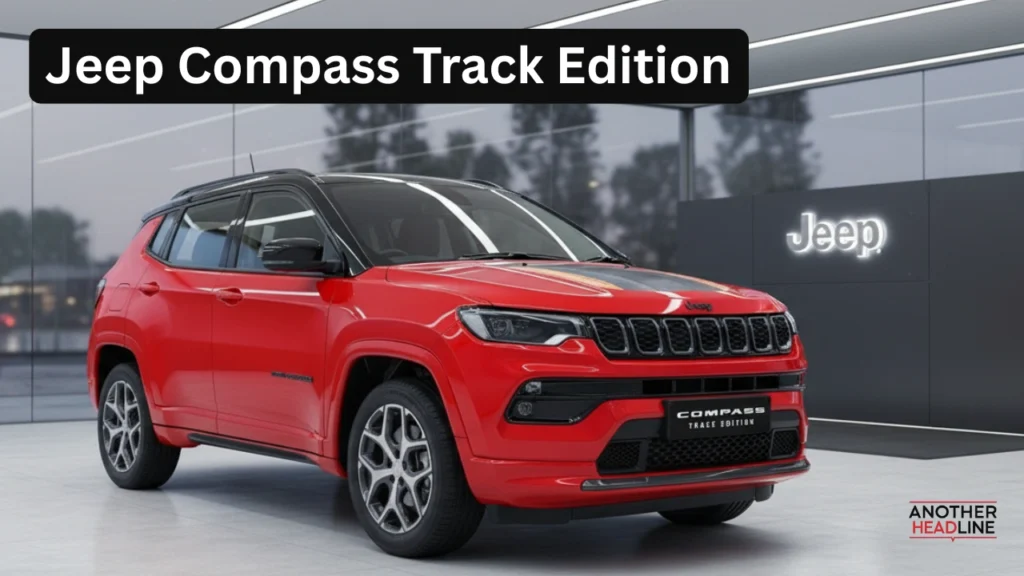The Dacia Spring EV gets major upgrades to improve performance, efficiency, and driving comfort. Renault-owned Dacia has enhanced the compact electric hatchback with stronger motors, a new LFP battery, and better ride dynamics. Since its debut in 2021, the Spring EV has evolved every year, and this update makes it more refined and capable for both city and highway use.
Dacia Spring EV Gets More Powerful Motor Options
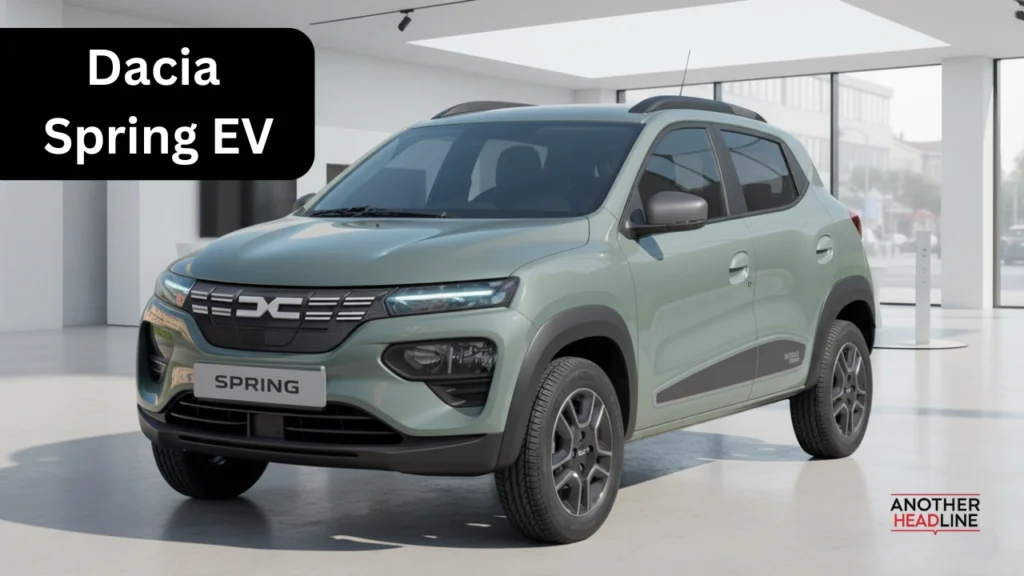
The new Dacia Spring EV now offers 70hp and 100hp electric motors, replacing the older 45hp and 65hp versions. Power and torque delivery have improved by over 20 percent, especially between 80kph and 120kph. The EV now performs better on highways, making overtaking smoother and driving more effortless. Despite the added power, it remains efficient for city runs.
Highlights:
- 70hp and 100hp motors replace older units.
- 20% improvement in mid-speed acceleration.
- Better performance balance for highway use.
- Smooth and efficient power delivery.
Dacia Spring EV Gets New LFP Battery Technology
The Dacia Spring EV introduces a 24.3kWh LFP (lithium iron phosphate) battery — the first of its kind in a Renault Group vehicle. LFP batteries are safer, cheaper, and last longer than conventional lithium-ion packs. Despite a smaller capacity than the older 26.8kWh unit, the range remains 225km (WLTP) thanks to better efficiency. Charging speed has improved too, with a 20–80% charge taking just 29 minutes using a 40kW fast charger.
Also Read
Battery Details:
- 24.3kWh capacity using LFP chemistry.
- 225km certified range.
- 20–80% charge in 29 minutes (DC).
- 3.2 hours on a 7kW home charger.
- Safer and more cost-efficient battery type.
Improved Ride Quality and Handling
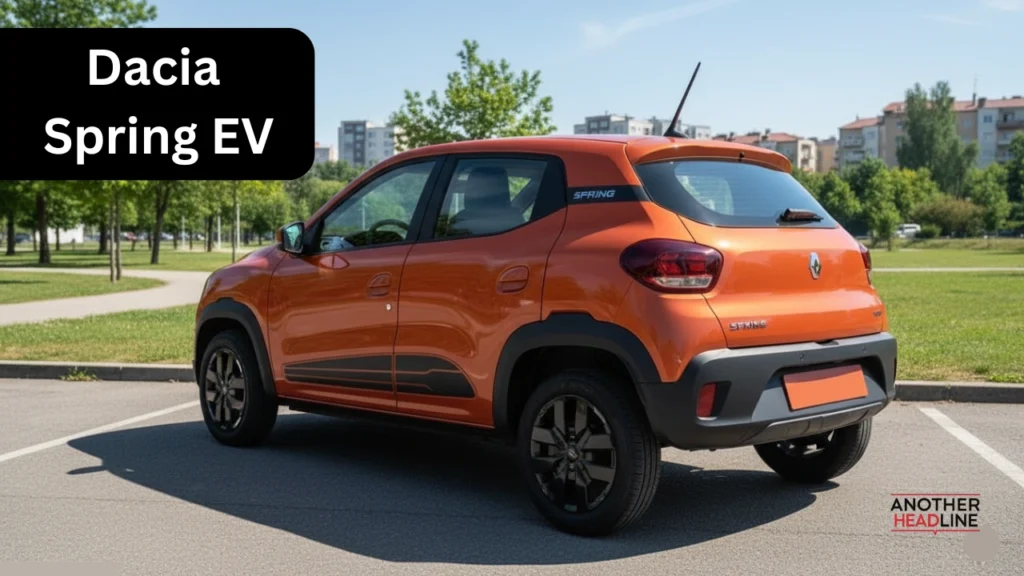
Dacia has added an anti-roll bar as standard across all Dacia Spring EV variants, enhancing stability during cornering. The suspension and shock absorbers have been retuned for better comfort and control. These mechanical updates make the EV more composed and confident at higher speeds.
Ride Enhancements:
- Anti-roll bar standard on all variants.
- Retuned suspension for better stability.
- Improved shock absorbers for smoother rides.
Design and Interior Updates Continue
The Dacia Spring EV carries over design improvements introduced earlier. It features LED illumination inspired by the Duster SUV and a refreshed interior layout. The cabin gets better materials and updated tech, including a touchscreen infotainment system and ADAS features like lane assist, speed limiter, and emergency braking. These upgrades improve safety and comfort while keeping the car affordable.
Dacia Spring EV India Launch Possibility
Renault India has hinted at launching a CMF-A platform-based EV, the same platform used by the Dacia Spring EV. While there is no confirmed date, it’s expected to arrive by 2025. Spy shots of a camouflaged electric hatchback in India indicate that testing may already be underway. If launched, it could be sold as an electric Renault Kwid and compete with MG Comet EV, Tata Tiago EV, and Citroën eC3.
Expected Highlights for India:
- Based on CMF-A platform.
- Expected price below ₹10 lakh.
- Targeted at affordable EV buyers.
- Will rival small electric hatchbacks.
Why the Dacia Spring EV Matters
The latest updates strengthen Dacia’s reputation for affordable and practical electric vehicles. By combining stronger motors with safer LFP battery technology, the Spring EV offers a better balance of power, range, and durability. It continues to serve as an ideal city EV with improved versatility for longer trips.
Final Verdict
The Dacia Spring EV stands out as a smarter and more capable small electric car. Its stronger motors, efficient LFP battery, and better stability make it practical and reliable. If Renault brings a version to India, it could transform the entry-level EV market. Compact, efficient, and affordable — the Spring EV is proof that small EVs can still deliver big value.

